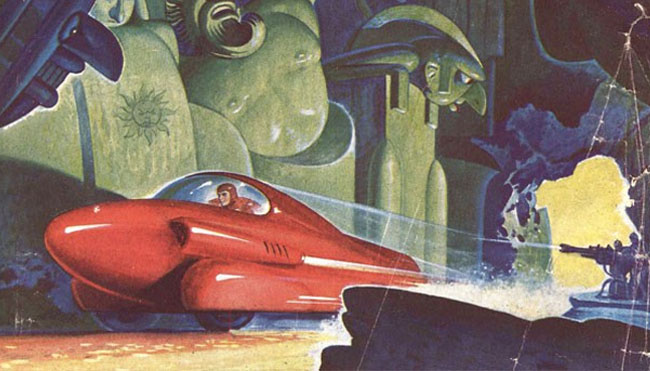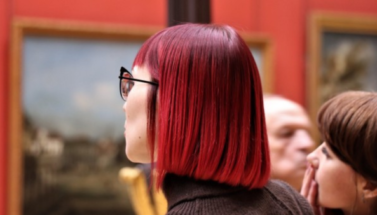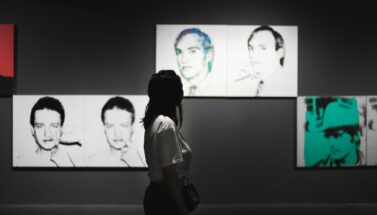Transformer: Rethinking Curating through Popular Culture

Transformer: Rethinking Curating through Popular Culture
with Craig Schuftan
*Live video-conferences every Monday at 7pm Central European Time. Recordings will be available in case you miss a live session!
DESCRIPTION
In this course, author and broadcaster Craig Schuftan will introduce you to perspectives outside the curatorial field, that will help rethink ideas central to curating.
Curators can be, and have been, collectors, fans, evangelists, anthropologists, raconteurs, ambassadors for change and preservers of the past, star-makers and rule-breakers. As such, they have something to learn from all kinds of people who do not call themselves curators, but who nevertheless put objects and works of art together for love, money, or some combination of both.
Through a series of case studies, we will review the work of four such people whose curatorial work has profoundly shaped popular culture, as well as an array of other collections and curations from 19th century cabinets to the record aboard the Voyager space probe, poetry anthologies to punk mixtapes,
Schuftan will describe and illuminate four ideas central to curatorial practice, namely: the feeling of wanting to bring things closer to one another, the desire to subvert or critique power, the need to tell a story, and the wish to expose something hidden to a wider audience.
PROGRAM
Week 1: Lady Dada – Inside Hanna Hoch’s scrapbook
We’ll examine, the close relationship between the subversive juxtapositions created by the punk artist and designer Linder Sterling and his predecessor Berlin Dadaist Hanna Hoch. Their spirit can in turn be found in the everyday collections of commercial imagery found on personal blogs, or bedroom wall collages. This desire to grab hold of and re-organise found images is both a way to construct and re-construct our identities and also, potentially, a way to subvert the status quo by moving objects into new and unfamiliar relationships with one another.
Week 2: Syncing Feeling – Alexandra Patsavas has made you a mixtape
This week we will begin focusing on TV music supervisor Alexandra Patsavas. With her ground-breaking work on The O.C., Grey’s Anatomy, Mad Men and the Twilight movie franchise, Patsavas used the music of underground or independent bands to tell the stories of characters on the screen. Learn how Patsavas’ work forges new links in the viewer’s mind between the sound-objects she’s collected and organised and the drama being played out on the screen, and what this has to teach us about the relationship between curators and the artists they choose to work with.
Week 3: The French Connection – Madame De Stael’s ‘L’Allemagne’
The publication of Mme De Stael’s survey of German literature and philosophy in 1810, played an instrumental role in the formation of what we now think of as the Romantic movement. De Stael touched off a revolution in thinking and feeling, whose consequences we are still living with today. Her desire to document and share a ‘scene’ and to present these people’s lives and works in terms that she knew a wide audience would appreciate and understand are in turn a recurrent curatorial motivation. Schuftan will present the story of this and other epoch-making, barrier-breaking collections and assemblages and ask us what we, as art curators can learn from them.
Week 4: The World is Not Enough – from the Paris Exposition to the Banghra Basement
The 1980s saw the rise of a phenomenon known as ‘World Music’, a craze for recordings from Africa, India and Pakistan, South and Central America and the Pacific. This trend can be seen as part of a tradition which goes back to early modernists, and even further to the 19th century world fairs. But the popularity of world music in turn paved the way for a more global music marketplace, in which post-colonial and third world artists had a greater spotlight to act as curators of, and ambassadors for their own culture. The pioneering work of people such as DJ Rekha highlight the power curators working in a globalised world have to both catalyse and communicate indigenous culture, exporting it to the world on the one hand, protecting it from miscegenation and erosion on the other.
For further information, please visit: https://www.nodecenter.net/course/rethinking-curating





